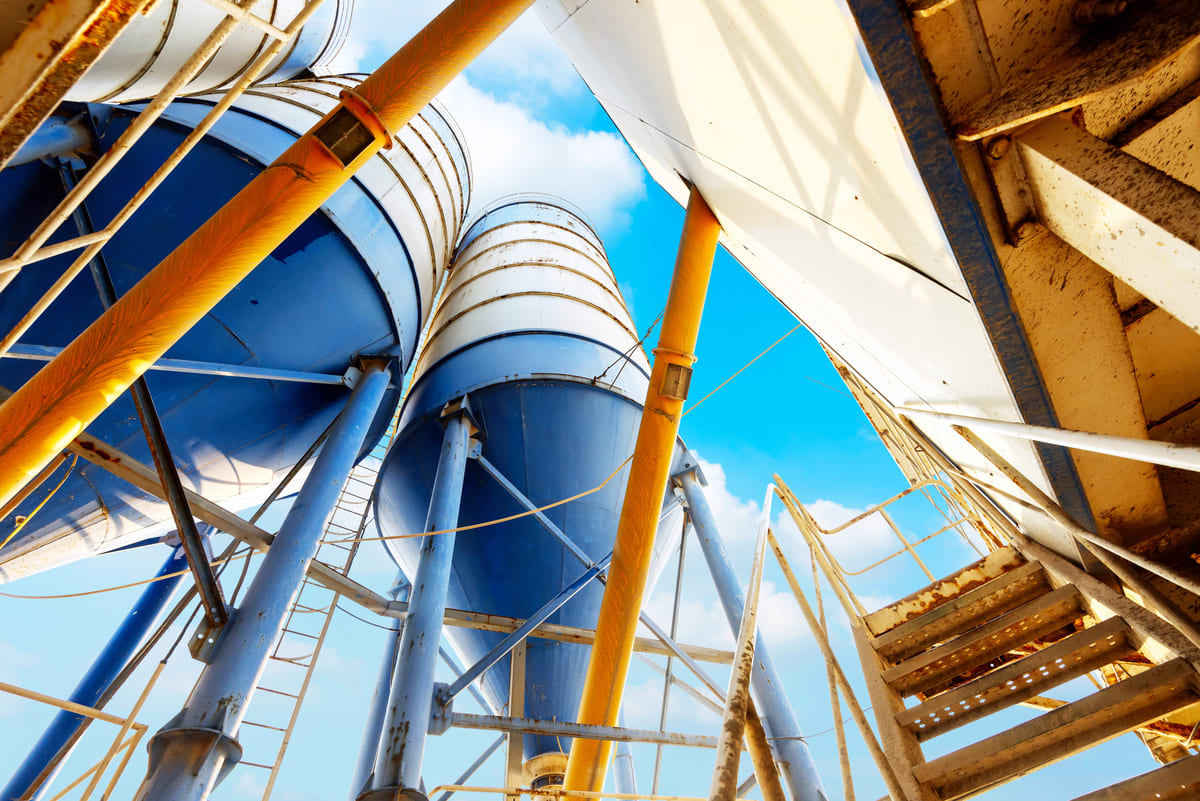
In 2023, hard-to-abate sectors contributed 13% of Europe’s emissions and 11% of Italy’s. Among these, the transportation of heavy goods by road, aviation, and shipping accounted for 8%. These sectors face significant challenges in decarbonization due to structural or operational constraints that hinder the effectiveness of electrification, renewable energy integration, and energy efficiency measures. So, what are the prospects for decarbonizing hard-to-abate sectors, particularly cement and heavy transport?
Decarbonizing hard-to-abate sectors in Italy: what needs to be done?
A study by the Energy & Strategy Group at the Politecnico di Milano’s School of Management explores two key sectors: heavy transport and cement production. According to Davide Chiaroni, deputy director of Energy & Strategy, reducing emissions from cement production is crucial for meeting the European Union’s 2030 and 2050 targets. “Without decisive emission reductions in cement production, it will be impossible to reach the EU’s reduction targets,” he emphasizes. These targets were recently updated, with emissions reductions in the EU Emissions Trading System (ETS) set to rise from -43% to -62%. Additionally, the introduction of ETS2 changes the regulatory landscape for transport, with new EU rules covering heavy vehicle emissions, renewable energy usage under RED III, and Italy’s biofuels decree.
“All of this,” Chiaroni continues, “demands an acceleration of efforts from policymakers and sector operators. Despite the availability of tools, the resources allocated are largely insufficient.” To meet the CO2 capture needs of Italian cement plants by 2050, between €3.6 and €6.8 billion is required. Yet, as of October 2024, the available funding was only €164 million.
Heavy transport: high TCO for electric vehicles
In heavy transport, the Politecnico di Milano report analyzes the Total Cost of Ownership (TCO) for two major decarbonization solutions: sustainable fuels and electric vehicles.
Currently, the TCO for sustainable fuels like HVO (synthetic fuel) and BIO-GNL (biomethane) is on par with diesel trucks, costing around €0.65/km for 400 km/day. However, for electric vehicles (EVs) and hydrogen fuel cell trucks, the TCO is significantly higher. Battery Electric Vehicles (BEVs) reach €1.02/km, with 43% of costs attributed to initial capital expenditures (CapEx). Fuel Cell Electric Vehicles (FCEVs) have a TCO of €2.47/km, with 37% of costs driven by the price of green hydrogen.
The main barriers to widespread adoption include the high initial cost of electric and hydrogen vehicles, a lack of charging infrastructure, and an underdeveloped green transport market. There is also regulatory uncertainty and insufficient incentives. To make BEVs more competitive compared to biofuel-based solutions, the PoliMi report suggests that policies linked to ETS2 and incentives like the removal of tolls on highways could help.
Cement: CCS unfeasible without subsidies
When it comes to decarbonizing hard-to-abate sectors like cement production, the report highlights that Carbon Capture and Storage (CCS) is essential, but economically unsustainable without substantial incentives. The costs of CCS, which include capture, transport, and storage of CO2, could increase by 150-230%.
It may be more cost-effective to continue producing cement without reducing emissions, with the added cost of CO2 accounting for €142.6 per ton of CO2. In contrast, adopting a CCS system could increase costs to between €151.8 and €201.5 per ton of CO2, depending on the technology used (chemical absorption, oxy-combustion, or cryogenic capture with PSA).
Italy faces the risk of falling behind due to its slow pace in adopting CCS technology. No industrial-scale CCS plants are currently operational in Italian cement plants, and Italy is receiving far fewer EU funds than other European economies. For instance, only 2% of the funds from the European Innovation Fund have been allocated to Italy, compared to 12% for Germany and 11% for Spain.
“Even excluding transport and storage costs, and assuming incentives to cover CO2 management phases ‘downstream’ of cement production, the report underscores that CCS faces serious economic sustainability challenges, given the impact it would have on product prices and, consequently, market demand,” concludes the report.
The need to decarbonize hard-to-abate sectors like heavy transport and cement is urgent, but the financial and operational challenges are significant. Without more investment and policy support, Italy and other European nations will struggle to meet their ambitious climate goals. Addressing these gaps with targeted incentives and technologies like CCS could help lower costs and make decarbonization more feasible.
Download the PoliMi report on decarbonizing cement and heavy transport.